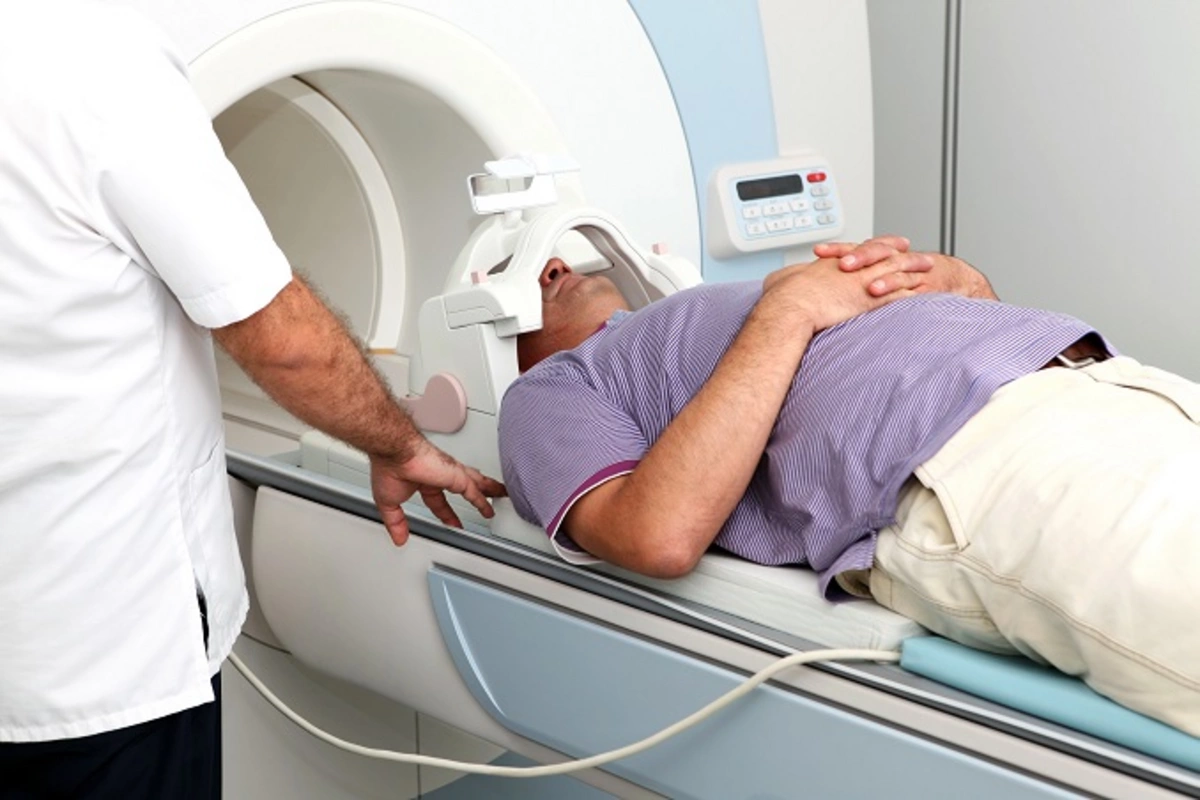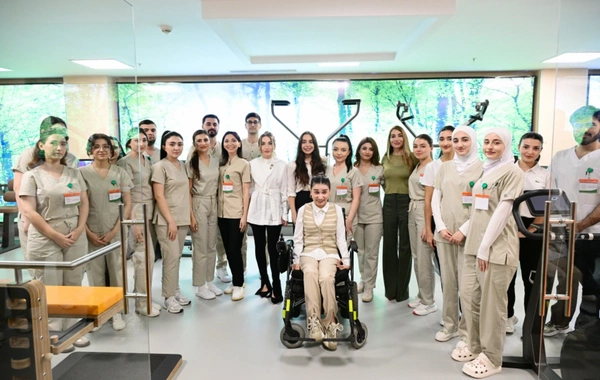Scientists have determined which foods should not be eaten before an MRI procedure

Researchers from the University of New Mexico have discovered an unexpected mechanism that could shed light on the causes of rare but potentially dangerous complications after magnetic resonance imaging with contrast agents. According to a new study published in the scientific journal Magnetic Resonance Imaging (MRI), oxalic acid, present in many everyday foods, can transform gadolinium into toxic nanoparticles.
Gadolinium, a rare earth metal widely used as a component of contrast agents in MRI studies, is usually safely excreted from the body of most patients. However, in some cases, it causes the development of nephrogenic systemic fibrosis - a severe disease characterized by pathological hardening of the skin and internal organs, which can lead to death.
During thorough laboratory studies, American scientists found that oxalic acid, contained in such common products as spinach, various berries and chocolate, as well as formed during the metabolism of vitamin C, is capable of releasing gadolinium from the contrast agent.
The nanoparticles formed as a result of this process penetrate the cells of the kidneys and other vital organs. This mechanism may explain why certain categories of patients develop serious side effects after MRI with contrast enhancement.
Based on the results obtained, the scientific team recommends that patients temporarily exclude foods with high oxalic acid content from their diet before undergoing MRI with contrast agents, as well as limit vitamin C consumption in anticipation of this diagnostic examination.
Similar News
Vladimir Putin revealed the results of his medical examination
Russian President Vladimir Putin revealed the results of his annual medical examination. As reported by BAKU.WS, this was announced by the Telegram channel "Abz...




 Azərbaycanca
Azərbaycanca  По-русски
По-русски  English
English 





